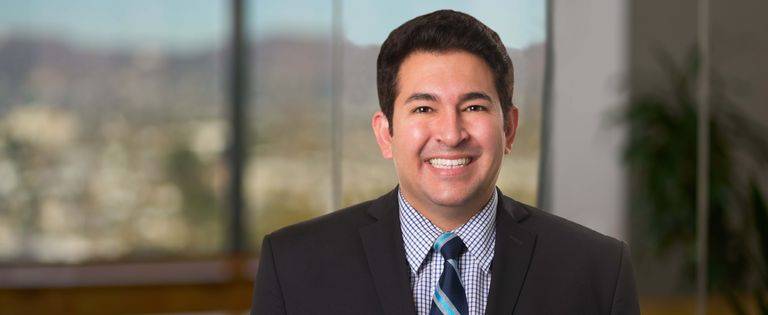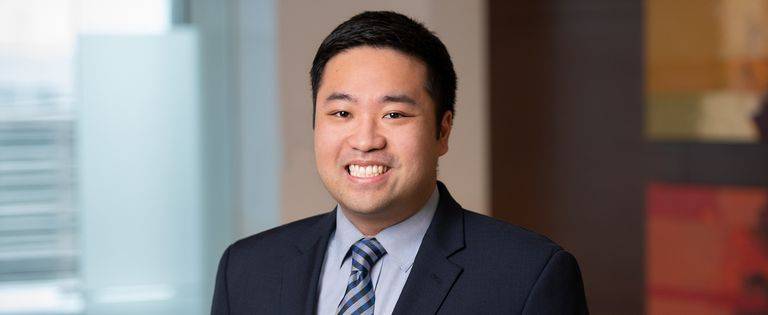Supreme Court Examines Whether Public Officials’ Social Media Activity Constitutes State Action in O’Connor-Ratcliff and Lindke
Legal Alerts
12.15.23

In O’Connor-Ratcliff v. Garnier and Lindke v. Freed, the Court is considering whether a public official engages in state action subject to the First Amendment by blocking an individual or deleting comments from the official’s personal social-media account. While the First Amendment restricts “state action” when government officials act in their official capacities, it does not impose the same constitutional obligations on private conduct.
In O’Connor-Ratcliff, Christopher and Kimberly Garnier alleged that their First Amendment rights were violated when elected members of the Poway Unified School District Board of Trustees blocked the parents on social media accounts. The Garniers argued that the trustees used their personal Facebook and Twitter accounts to communicate with the District and thus acted under the color of law because their public social media accounts were the primary way of interacting with their constituents. The Ninth Circuit agreed, reasoning that the trustees “clothed their pages in the authority of their offices and used their pages to communicate about their official duties.”
According to the trustees, Michelle O’Connor-Ratcliff and T.J. Zane, it is undisputed that the accounts were created and maintained without any direction, funding, support, or other involvement by the District. They further argued that the state-action requirement protects the liberty of individuals holding public office to control how they use their personal social media accounts to communicate with the public.
At oral argument, Chief Justice Roberts questioned whether the state action determination should be made based on the website used or the message communicated. Justice Sotomayor presented a hypothetical where government websites were down and government officials had to communicate emergency evacuation information via personal accounts — suggesting that the focus should be on the act, not on the website or account. Similarly, Justice Kagan suggested that former President Trump’s Twitter posts may be shared on a private account, but have been about public policy and seemed to be shared in his capacity as a government official.
Justice Alito, concerned that a broad rule would capture too much protected conduct, focused on what gives someone the authority to perform activities that constitute state action. Elaborating on this idea, Justice Gorsuch asked what the test should be to determine whether someone has that authority. Justice Barrett asked for counsel to distinguish “authority” from “duty,” and the Justices evaluated whether duties need to be written and whether any government official is truly ever off-duty.
Justice Kavanaugh explored the difference between announcements made exclusively on personal platforms and ones made on government sites and then reiterated on personal platforms. Several additional hypotheticals were floated of government officials using social media platforms in unique situations, but Sopan Joshi, Assistant to the Solicitor General and amicus curiae for the trustees, cautioned that the “Constitution deals with substance, not shadows.”
Touching upon the idea that the First Amendment compels speech and does not simply protect it, Justice Jackson raised whether government officials should have to disclaim posts as personal musings and not official communications. This sparked a debate about the potential need for a disclaimer versus contextual clues to determine the function of the account or the message. For instance, the use of “we” and “our” versus “I” may clarify whether a social media platform is meant to be personal or not. The Justices shared a laugh when counsel for the Garniers quoted Mark Twain saying, “the only people who should use ‘we’ in the singular are royalty and people with tapeworms. And, you know, I don’t think she’s either of those.”
In the second state action case, Lindke, James Freed, the City Manager of Port Huron, Michigan, used a Facebook account to communicate city planning business with constituents on Facebook. Facebook provides two products for content-sharing: “Profiles,” which are personal accounts designed for individuals to communicate with “friends,” and “Pages,” which allow public figures to communicate with the public, constituents, or customers. When Freed reached the 5,000-friend limit, he converted his personal Facebook “Profile” into a Facebook “Page,” which identified him as a “Public Figure.” He frequently used the Facebook “Page” to share information about City initiatives and policies, using a collective “we” when discussing city business, but also shared personal posts on the page, including pictures of his family and passages of scripture.
Kevin Lindke, a resident of Port Huron, disagreed with Freed’s handling of city policy during the pandemic and posted comments reflecting this on Freed’s Facebook Page. Freed responded by blocking Lindke’s accounts and deleting Lindke’s comments from his page. Lindke filed a lawsuit under 42 U.S.C. § 1983, alleging that Freed had violated the First Amendment by deleting his comments and blocking his accounts. The district court granted summary judgment for Freed, concluding that his Facebook activity was not considered state action and was thus immune from First Amendment scrutiny. The Sixth Circuit affirmed.
At oral argument, Justices Thomas and Alito focused on the ratio of personal posts to professional ones, which far exceeded the amount of personal posts created by the officials in the O’Connor-Ratcliff case. Justice Jackson inquired about the purpose of Freed’s Facebook presence and wondered how developments like Freed’s transitioning into a more official role and COVID forcing communications online should impact the Court’s considerations. Justice Gorsuch jokingly hypothesized about someone repeatedly harassing an official exclusively about his cats and children and whether blocking that type of activity would change the assessment.
Justice Kavanaugh explored the idea of established channels of communication and how that informs the expectations of that channel. A channel may be established if, for instance, a public official consistently posts messages about the nature of his job, how he does it, or the directives he means to issue. Chief Justice Roberts joined this inquiry to pose the idea that a public official might, on a rare occasion, use social media to convey important information because of the greater likelihood of constituents viewing it there. Still, in this case, Freed posted information about official business in more official spaces, not just on his Facebook page.
In addition to expectations on social media platforms, Justice Kagan discussed the importance of appearances, scrutinizing whether the mixture of personal and professional posts makes it more or less probable that Freed’s page would be considered an official website. Justice Sotomayor suggested that discussing his professional life on such a platform seems to invite commentary, much like a town square, and that public officials often say they are on duty around the clock. Meanwhile, Justice Barrett contemplated the sources of authority and duty, arguing that Section 1983 provides that custom can give rise to duty, even when explicit instructions are not given to someone to act in an official capacity. Finally, the members of the Court evaluated analogies to private property, because while the distinction is easy to see between private and public property in brick-and-mortar scenarios, the digital space blurs traditional understandings of boundaries.
Both cases were argued on October 31, 2023, and a third state-action case, Murthy v. Missouri, was recently granted review. Decisions on all three cases are expected later in the term. Stay tuned for Dykema’s client alert discussing the Court’s opinions.
For more information, please contact Chantel Febus, James Azadian, David Schenck, Theodore Seitz, Christopher Sakauye, McKenna Crisp, Monika Harris, or Puja Valera.







